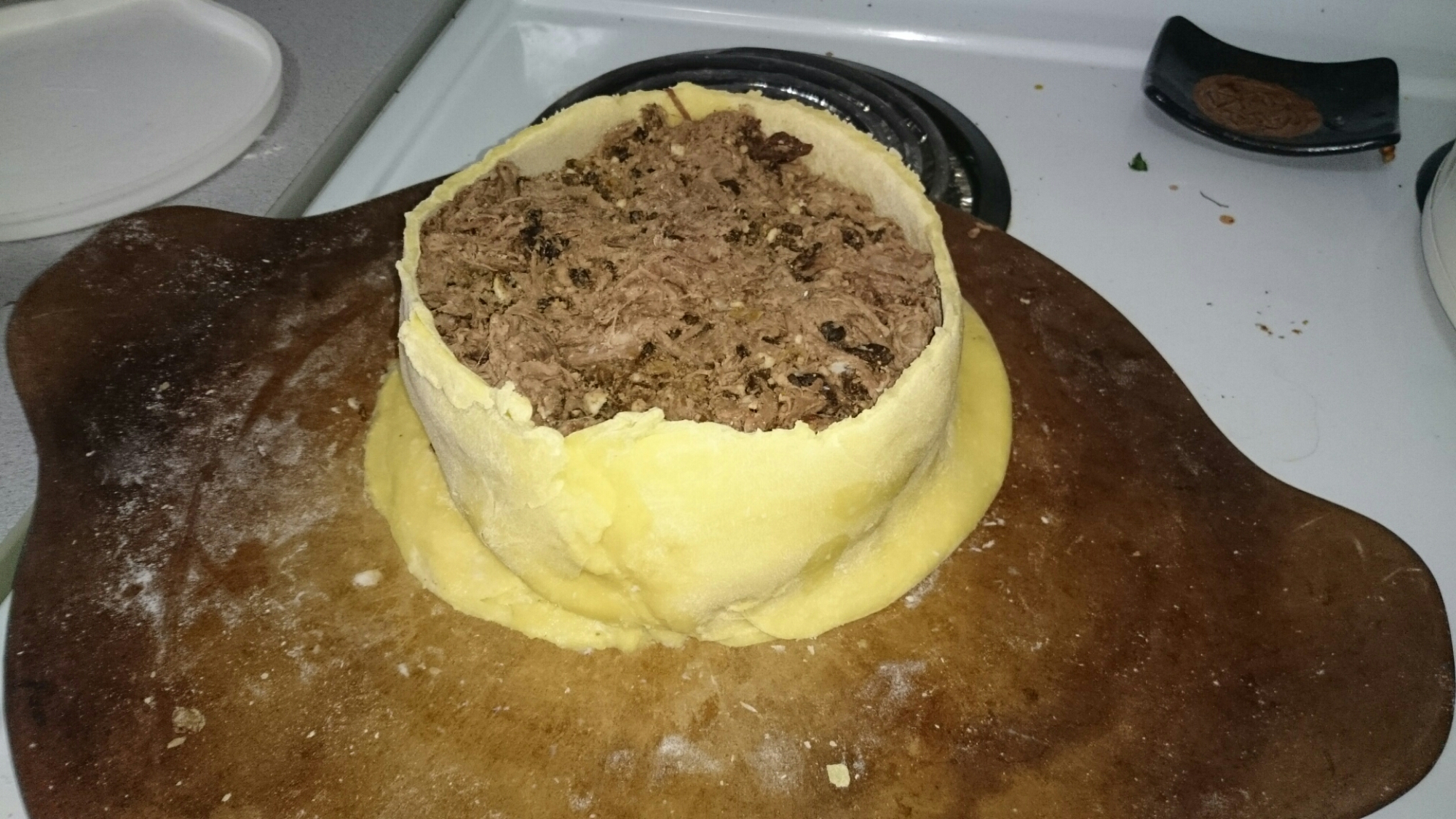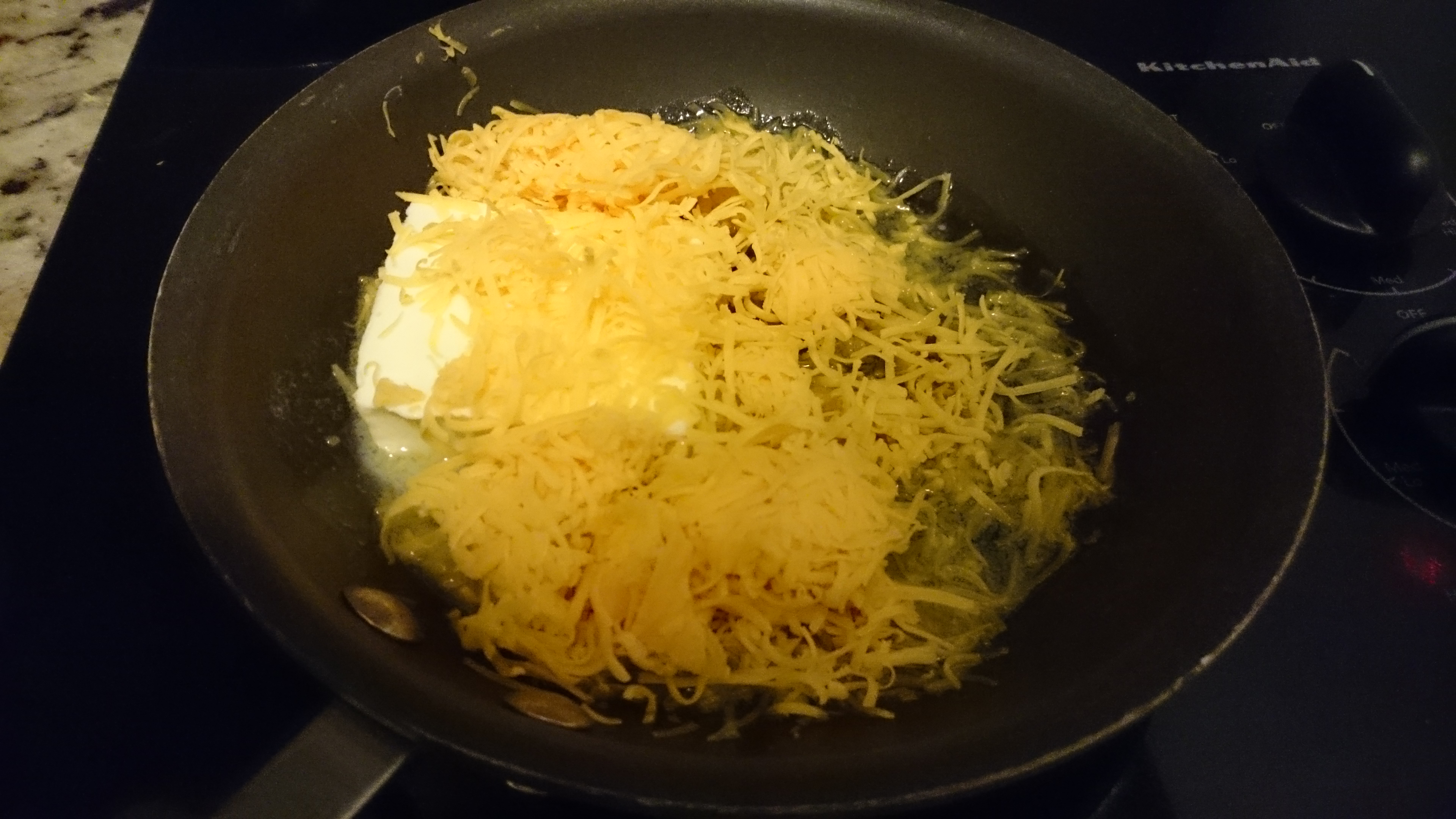A&S
Coffins Redux
Updated April 4, 2017.
I was inspired to look back at some of my coffin work by a question from Don Caiaphas. Wow, has it been six years since I did this at Tir Righ A&S? Ok, I think it’s time to go back to this, especially since I have a bunch of research that I did in 2013 on it and never got around to writing up.
Coffins, as discussed in my previous work, are a pastry case which has a bottom, sides and a top (with exceptions where referred to in the recipe) which is able to hold its shape without supports in the oven and can be filled with other items.
The earliest I’ve found a coffin recipe is in Fourme of Curye from 1390 and the recipes continue throughout the SCA time period all the way to the 17th century, though they change in composition.

